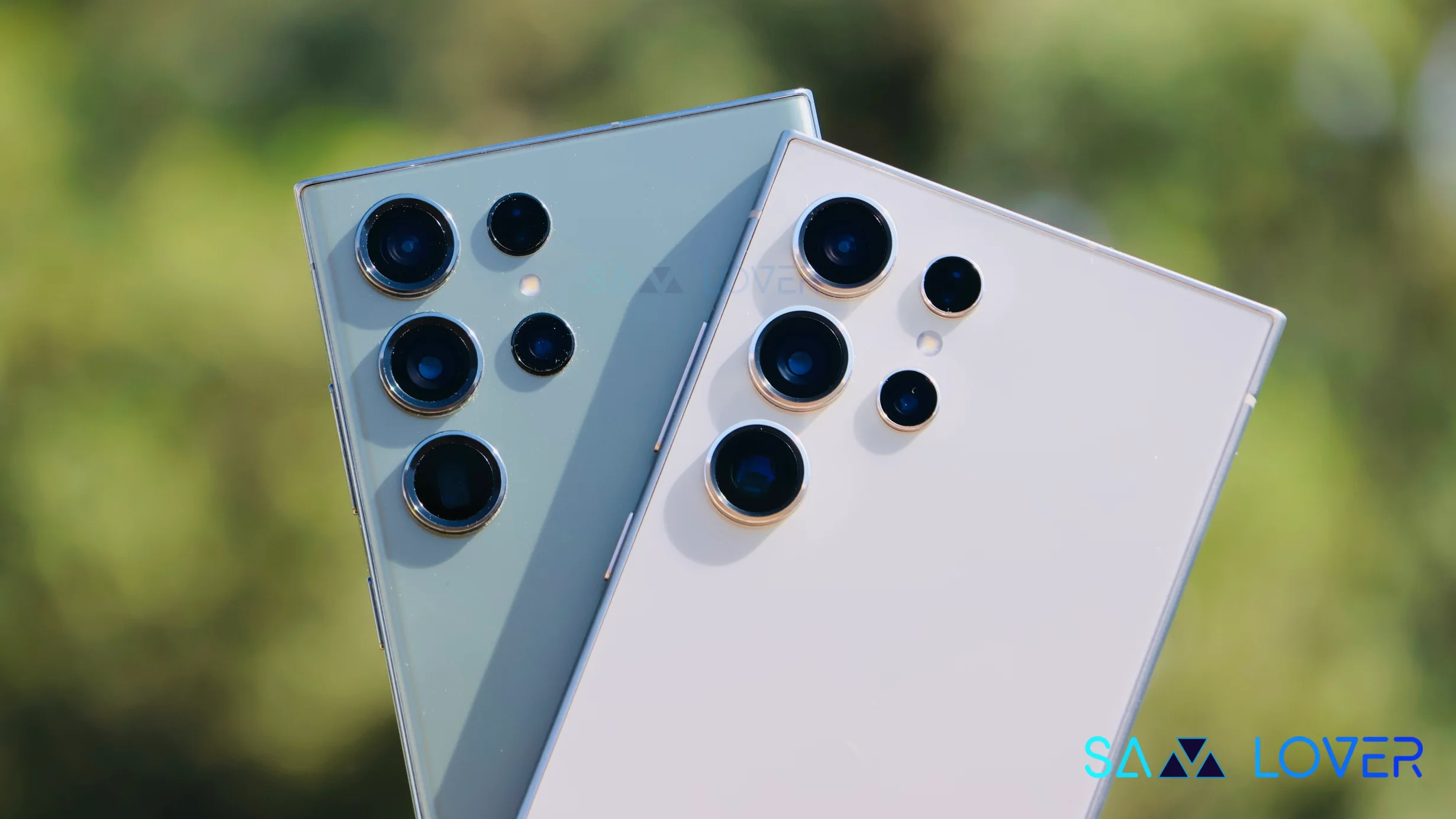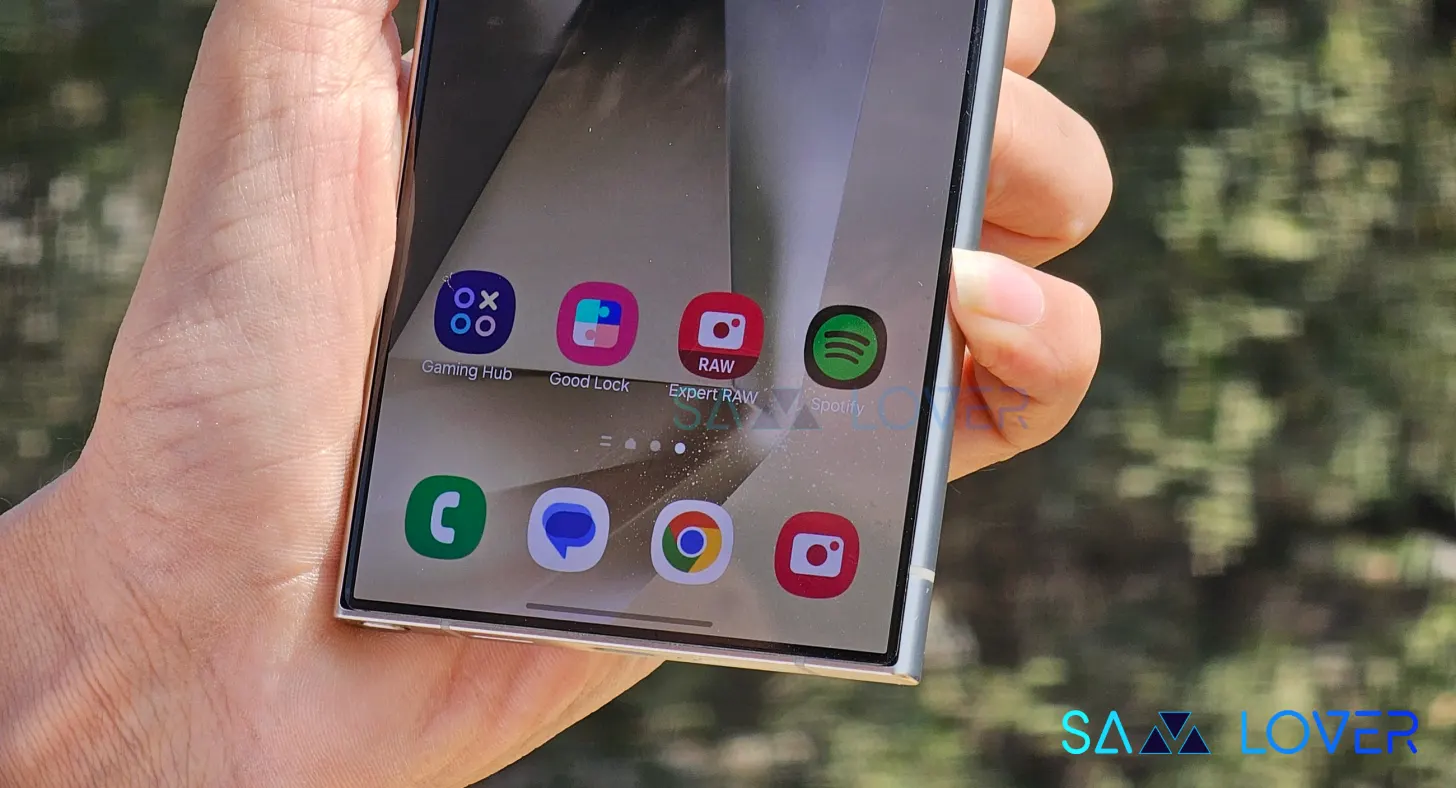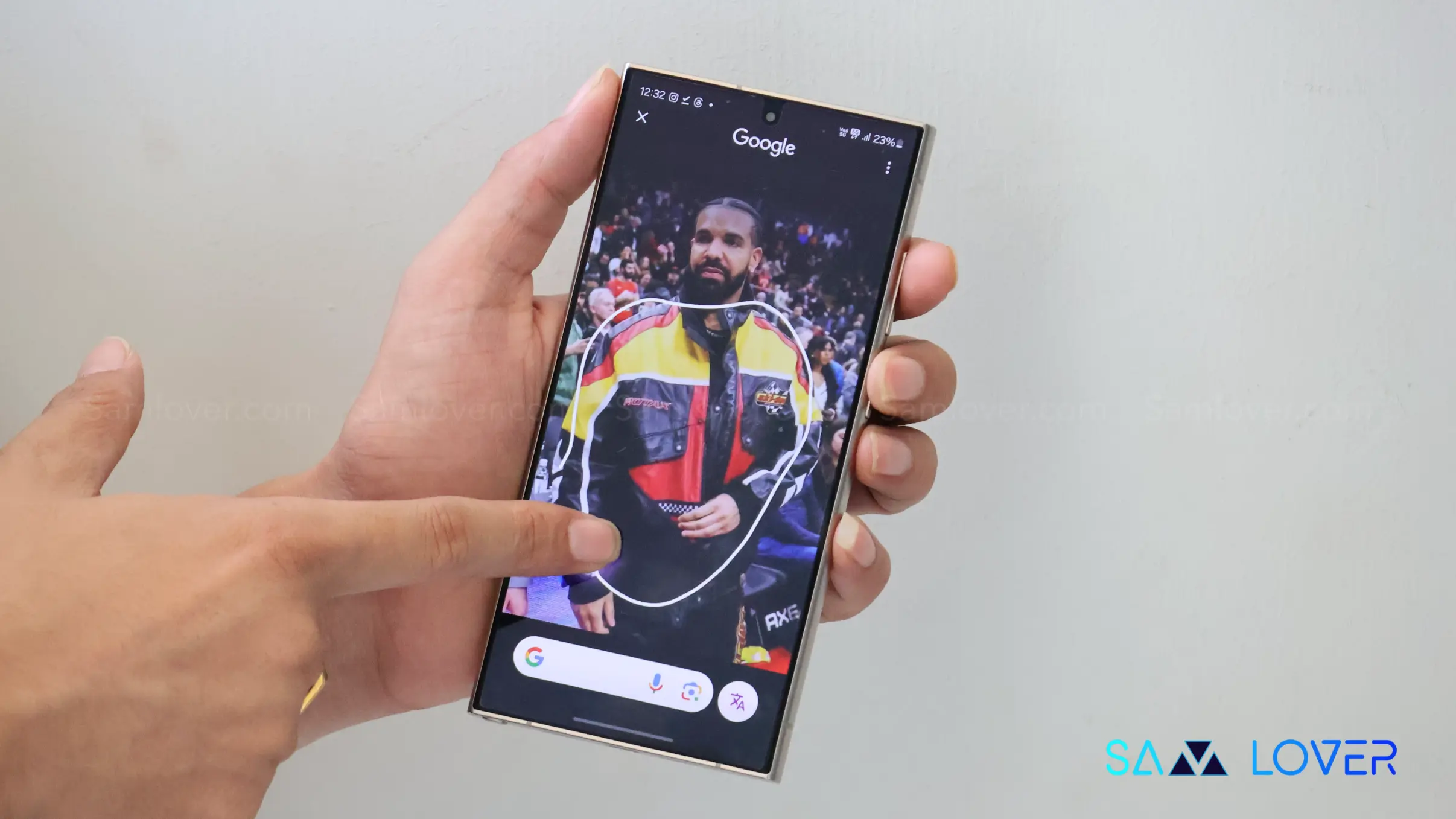Phone
Samsung Swaps 10x for 5x Zoom: Is Galaxy S24 Ultra Camera Ruined?

Samsung is always the talk of the town, both before and after the release of its flagship devices. This time, the Galaxy S24 Ultra is in the top trending controversy due to its camera upgrade.
Samsung has this time attached a 5x optical zoom to the Galaxy S24 Ultra. Since the brand has debuted the Galaxy S24 Ultra as a successor to the Galaxy S23 Ultra, it is pretty obvious to compare both devices. So as compared to the Galaxy S24 Ultra’s camera specs with the Galaxy S23 Ultra’s camera, it is known that the previous model has 10x optical zoom and the latest model has 5x optical zoom only.
Here’s the question: is dropping down the optical zoom from 10x to 5x pretty fine?
The answer is that counting is just a number for Samsung. The number of optical zooms doesn’t matter, but the quality does.
Noticeably, the primary camera of both the Galaxy S23 Ultra and the Galaxy S24 Ultra has a similar sensor. So if one can take images here at 1x that are at a focal length of 25 mm at 200 MP and that are spread over an area of around 9.9 x 7.3 mm, the quality does not even get any better than this.
Moving on to the ‘2x’, then the Galaxy S23 Ultra and Galaxy S24 Ultra will have to zoom into the image sensor, as per the lack of a real 2x lens. To achieve a focal length of 50mm, the smartphones cut a section from the center of the image sensor that corresponds to half the sensor size in both height and width. This leaves 50MP on an area of around 5.0 x 3.6 mm, which is still satisfying for pretty good image quality.
Although the trouble arrives with the camera configuration of the Galaxy S23 Ultra, in that scenario, the primary camera is perfectly fine, but the rest of the two telephoto cameras, along with 3x and 10x optical magnification, are the culprits. Both of the cameras only deliver 10 MP resolution on a sensor area of around 4 x 3 mm. It is important to note that this is six times less as compared to the primary camera drivers.
At the same instant, the two mini cameras not only have to bridge from 1x to 2x, similar to the first calculation example, but also from 3x to 10x. At 6x, just 2.5 MP remains on 2 x 1.5 mm. Whereas at 9x, the image processing must result in a usable image from 1.15 MP at around 1.5 x 1 mm. At the end, at 10x, results instantly get much better with another 10 MP on 4 x 3 mm.
Moving towards the Galaxy S24 Ultra, Samsung uses the same primary camera (23mm) and a similar 3x telephoto sensor (69mm) that are already housed in the Galaxy S23 Ultra. Although the small telephoto sensor does not have to work as hard as others, From 5x, which is 115mm, the next sensor already takes over, and coupled with 50 megapixels, it also has a remarkably higher resolution along with roughly twice the sensor area.
So, at the end, it came to be known that the new sensor in the Galaxy S24 Ultra can result in a zoom range of naturally up to and including 9x, which is far better as compared to the previous smartphone. Only from the 10x mark (230mm) onward does the Galaxy S23 Ultra offer, to a certain extent, better image quality. However, the 5x sensor of the Galaxy S24 Ultra has more available MP at 10x.
Phone
Samsung Galaxy S25 Ultra Could Have 16GB RAM with 512GB Storage

The Samsung Galaxy S25 is first on the list to be scheduled for next year, 2025, and it is expected to have upgraded RAM, but the maximum storage remains unchanged.
The Galaxy S25 is quite far from debuting, but already leaks and rumors have started unveiling details regarding hardware and software novelties. Now a few rumors are claiming that Samsung could keep various areas of the Galaxy S25 Ultra unchanged as compared to the newly launched Galaxy S24 Ultra. On the other hand, another tipster says that Samsung could introduce a RAM upgrade to its top-end flagship in 2025, but the internal storage might not change.
It is expected that the Korean giant is setting up to bring back 16GB of RAM to the Galaxy S25 Ultra after reducing it in recent models. It appears that this move might be a response to competition from Chinese phone makers and a strategy to upgrade market share.
However, the reason to reduce RAM by Samsung is yet to be clear, but it could be related to keeping costs down. Initially, Samsung introduced a 16GB RAM variant with early flagship devices such as the Galaxy S20 Ultra and the Galaxy S21Ultra.
A post on X shared by a tipster hinting at three variants of Galaxy S25 variants:
- 12GB + 256GB
- 16GB + 512GB
- 16GB + 1TB
However, Samsung might be hesitant to increase base storage since usually users don’t need that much. While expandable storage is perfect for some, it’s unlikely the Galaxy S25 Ultra will have a microSD slot based on recent trends from Samsung.
Phone
Samsung Smartphone Sales High in the US During Q1 2024

The Galaxy S24 seems like a good luck button for Samsung! Just after the debut of the Galaxy S24 series, the revenue and profits of the Korean giant went on cloud nine. It breaks a record of four years, as Samsung smartphone sales have risen in the US more than in the previous four years.
It was already revealed within a few days after its debut, the Samsung Galaxy S24 broke the sales record of its predecessor series. Now again, the reports are unveiling the new metrics of success, as the Galaxy smartphone market share within the first quarter of this year was 31%, which is a 14% boost as compared to last year’s first quarter (Q1 2023) when the brand’s market share stuck near 27%.
The boost in market share appears to have come at the expense of Google’s and TCL’s shipments. With a rise of 31% in the market, the share reached a four-year high after 2020. However, here’s the catchable fact: even after a boost in sales, Samsung remained the second-biggest smartphone brand behind Apple.
Apple was the leading smartphone brand in the US during the quarter. It had a market share of 52%, similar to its metrics for 2023. That’s impressive, and it appears that the debut of the Galaxy S24 series didn’t affect Apple since it is still leading the market share. However, a huge range of people are choosing Samsung’s high-end phones, such as the Galaxy S24 Ultra.
Phone
List of smartphones that support Google’s Circle to Search right now

Circle to Search, or you can call it in your so-cold language. Circle and Search both refer to a facility that lets you search anything directly from the screen by just circling text or image. Let’s count the smartphone devices that support Google Circle and Search right now.
The Circle to Search by Google feature gained its fandom after Samsung introduced it on the Galaxy S24 series as a part of Galaxy AI. Later, Google introduced over the last few weeks the Circle and Search feature along with the support of Google Lens, which lets you integrate Google search in a completely new way as compared to previous times.
Circle to Search is a Google AI tool that permits users to search for queries on their smartphones using gestures such as circling or tapping without even switching between the apps. The major fact about this novelty is that it prevents wasting time switching between two apps just to search for something. Google and Samsung have already made this convenient novelty available on their smartphones. Check out the list mentioned below:
Google Pixel Device list that supports Circle and Search
- Pixel 6a
- Pixel 6
- Pixel 6 Pro
- Pixel 7a
- Pixel 7
- Pixel 7 Pro
- Pixel 8a
- Pixel 8
- Pixel 8 Pro
- Pixel Fold
Samsung Galaxy Device List that Supports Cirlce to Search
Galaxy S series
- Galaxy S24
- Galaxy S24+
- Galaxy S24 Ultra
- Galaxy S23
- Galaxy S23+
- Galaxy S23 Ultra
- Galaxy S23 FE
- Galaxy S22
- Galaxy S22+
- Galaxy S22 Ultra
- Galaxy S21
- Galaxy S21+
- Galaxy S21 Ultra
Galaxy Z Series (foldable)
- Galaxy Z Fold 5
- Galaxy Z Flip 5
- Galaxy Z Fold 4
- Galaxy Z Flip 4
- Galaxy Z Fold 3
- Galaxy Z Flip 3
Galaxy Tab Seires
- Galaxy Tab S9
- Galaxy Tab S9+
- Galaxy Tab S9 Ultra
Officially, this feature is only available for Android devices, but the Circle to Search feature is available on Apple iPhones via the Lens shortcut.












